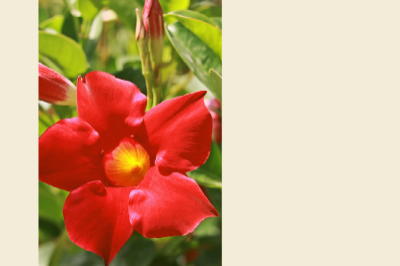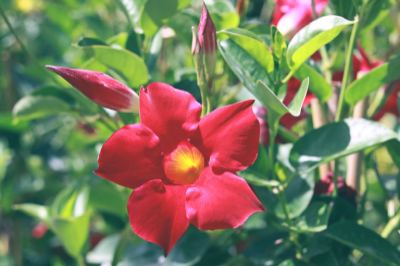Mandevilla Plant Trellis
Mandevilla plants grow quickly. After eliminating any other causes for slow growth, you can move them into a larger container. They require acidic soil with an adequate amount of organic matter. You can amend the soil with compost and feed it twice per month with an equilibrated liquid fertilizer. The plant prefers slightly dry soil, but it can be watered frequently. To ensure that the plant is humid you can dampen the leaves.
Choose a place that is sunny and gets enough sunlight when choosing a place for your plant. Mandevilla is tolerant of shade but it won't flower in the same way if it is exposed to too much. In summer, you can move it under the shade of a tree or on a patio roof. Make sure that the soil is draining well to avoid root rot. A heavy soil can cause death to the mandevilla plant. It is recommended to choose a loose, well-drained soil that has lots of organic material.



